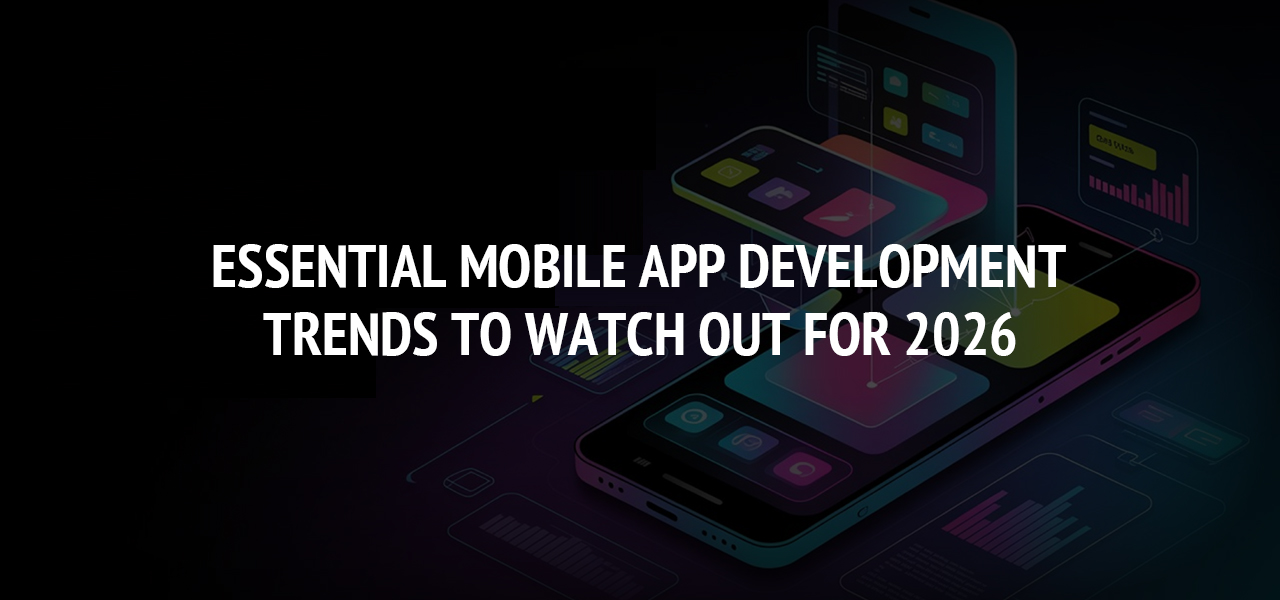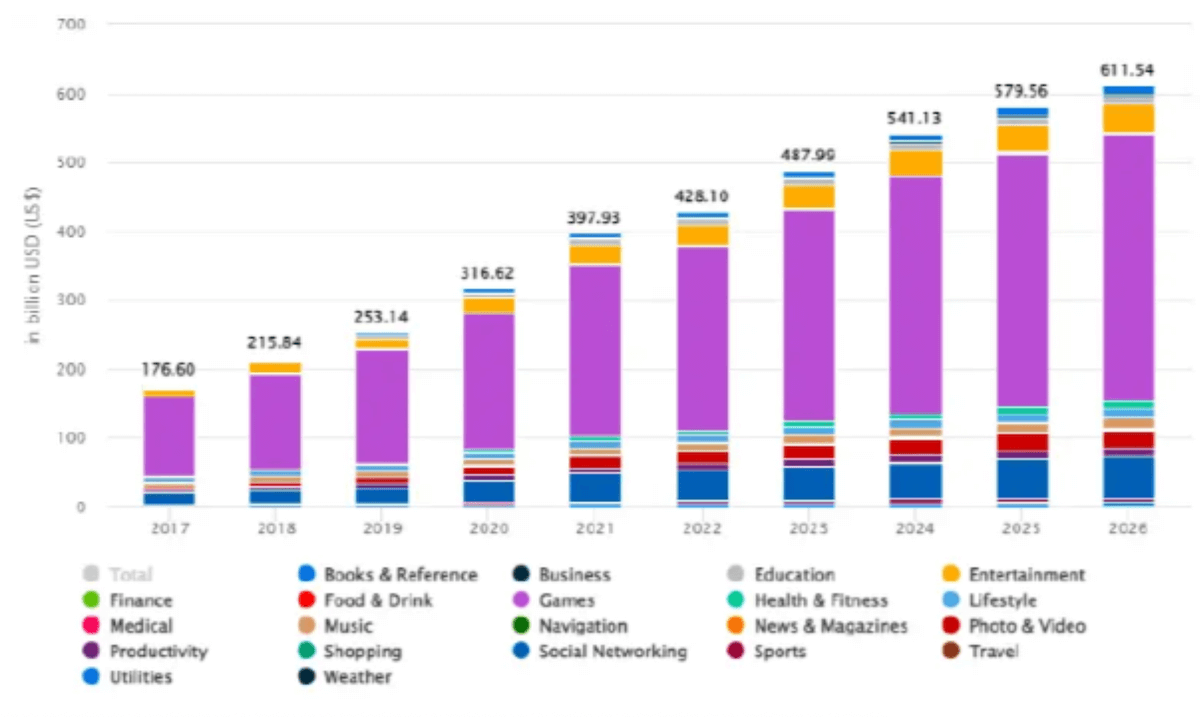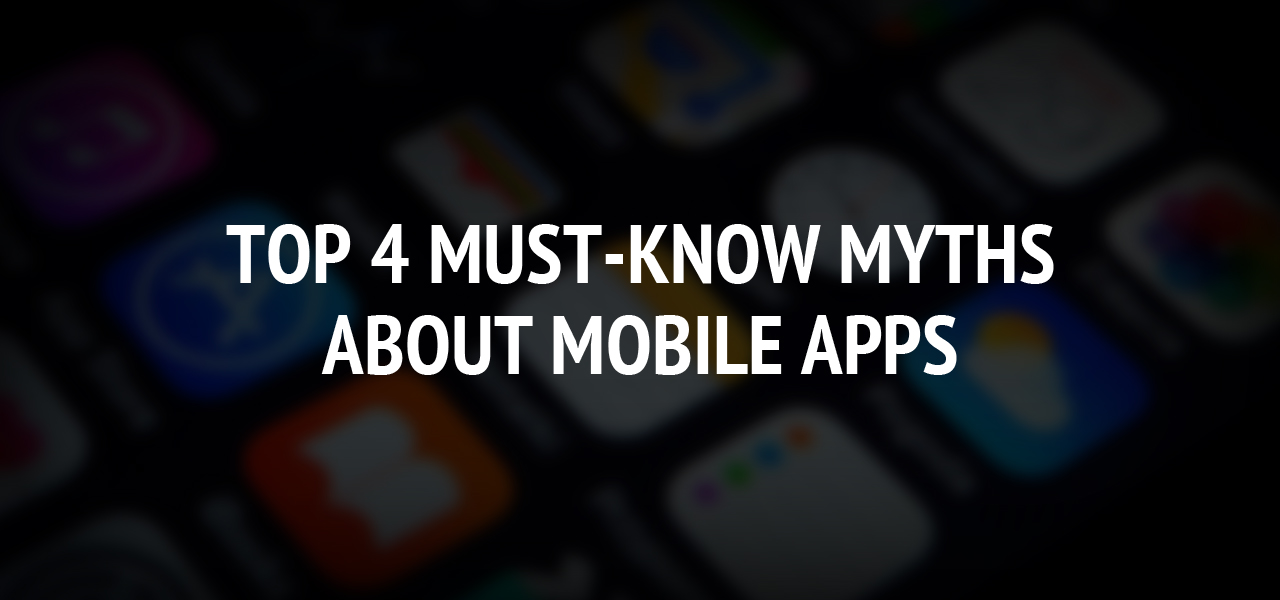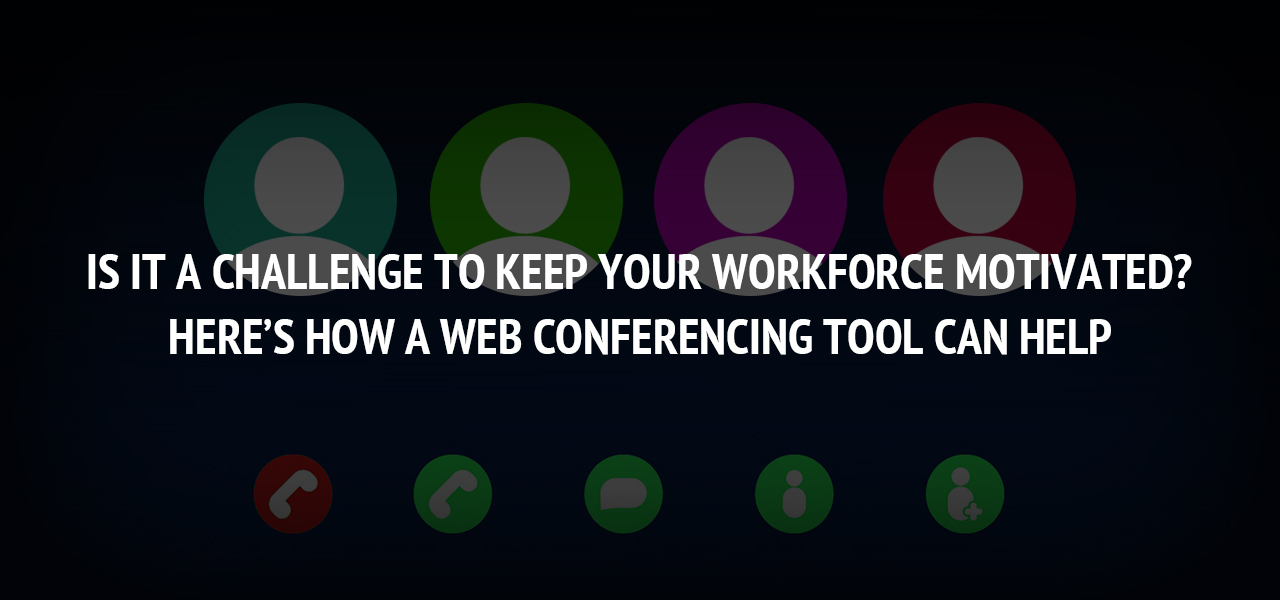Essential Mobile App Development Trends to Watch Out for 2026

Table of Contents
- Introduction
- Key Mobile App Development Trends for 2026
- AI-Native App Architectures & Personalization
- Voice-Activated Interfaces and Conversational UX
- AR & VR Integration for Immersive Mobile Experiences
- Blockchain in Mobile Apps — Trust and Transparency
- IoT App Development for Connected Ecosystem
- Low-Code / No-Code Development Acceleration
- Advanced UX and Adaptive Design Systems
- Beacon Technology and Hyper-Personalized Apps
- Conclusion
Introduction
Mobile app development, as it will be in the year 2026, will change the way enterprises approach it. The industry has shifted to cloud-independent architectures and AI-native, privacy-first, and edge-enabled ecosystems, where all apps are now intelligent service layers. As AI and machine learning applications find their way into every level of the stack, mobile apps are becoming an autonomous digital companion, which can adapt, predict, and personalize in real time. The mobile app market is about to reach $614.40 billion by 2026.
With AI-powered personalization in applications and voice recognition user interfaces to AR and VR mobile apps, the next generation of mobile app development trends 2026 will force product and technology leaders to reconsider their digital strategy.
Key Mobile App Development Trends for 2026
As we approach 2026, the mobile app landscape is evolving at an unprecedented pace. Companies that invest early to partner with mobile app development services that have expertise in the next-gen technologies will achieve a faster innovation cycle and stronger market resilience. Before making further delays, check the latest app development trends.
1. AI-Native App Architectures & Personalization
AI is not a layer anymore, but a key foundation of modern app development. All successful mobile applications by 2026 will have AI and machine learning applications embedded directly into their structure for predictive, context-aware, and personalized experiences. AI-based personalization will be based on on-device models that will make decisions faster and with advanced security.
Why it matters:
AI native applications provide super-low latency, enhanced privacy, and enhanced engagement. In the case of businesses, this would amount to improved retention, automated insights, and quantifiable ROI from each user interaction.
2. Voice-Activated Interfaces and Conversational UX
The voice-activated interfaces in mobile apps will ensure the next generation of user experiences and interactions are human-like. People are not using touch-based navigation and instead are moving to conversational control with high levels of voice recognition integration in mobile apps, becoming the norm.
Why it matters:
Voice interfaces make interaction easier and more accessible, and they assist brands in reaching larger audiences. For enterprises, they also add new interaction measures and chances of personalization beyond the visual UX.
3. AR & VR Integration for Immersive Mobile Experiences
The AR and VR mobile app trends 2026 will transform industries by integrating digital content into real-life environments. AR VR integration will drive interactive, high-end experiences all the way to smartphones, whether in retail and real estate, education, and healthcare.
Why it matters:
Customer satisfaction and retention of customers are increased by immersive technologies that convert passive browsing into engaging storytelling. Some of the strategic ones include creation of new revenue models by offering virtual product trials and experiential marketing.
4. Blockchain in Mobile Apps to Build Trust and Transparency
Beyond crypto, Blockchain in mobile apps will become the foundation of digital trust. It is enabling safe data exchange, open dealings, and verifiable online identities in finance, health, and mobility in the business enterprise.
Why it matters:
Blockchain offers security through a self-sovereign, decentralized trust layer that curbs fraud and enhances brand equity. It is particularly essential with an application that touches payments, identity, or intellectual property.
5. IoT App Development for Connected Ecosystem
The development of IoT apps is moving towards intelligent, predictive ecosystems as the number of devices keeps rising. Mobile apps are now serving as a control center of sensors, wearable devices, and connected systems, and are driven by edge AI and real-time analytics.
Why it matters:
IoT integration enhances operational efficiency and establishes continuous loops of engagement between the users and devices. Data-driven insights, automation, and new models of service delivery are beneficial to businesses.
6. Low-Code / No-Code Development Acceleration
Low-code no-code app development trend is transforming the pace of enterprise productivity. It allows rapid prototyping and deployment as the non-technical teams can develop working app modules with controlled environments.
Why it matters:
Low-code solutions reduce time-to-market and development expenses, and they are scalable when used with conventional engineering. It is a strategic catalyst of accelerated innovation and product development.
7. Advanced UX and Adaptive Design Systems
The mobile app UX design trends 2026 will prioritize flexibility, inclusivity, and smartness. Apps will adapt dynamically to real-time layouts, color, and functionality depending on real-time context, intent, and the emotional input of embedded AI.
Why it matters:
Adaptive design enhances interaction and lowers churn rate as it enhances personal behavior patterns in the user experience. It makes UX dynamic instead of being merely designed for the interaction process.
8. Beacon Technology and Hyper-Personalized Apps
The Beacon technology is reviving as one of the enablers of context-aware mobile experiences. Integrated AI and edge computing beacons are now being used to support personalized interactions within retail, logistics, and smart city systems. The adoption curve of beacons is growing at a rapid pace; the global beacon market will grow to USD 31.61 billion by 2026 and go further to USD 231.36 billion by 2031, with a current value of USD 1.36 billion.
Why it matters:
Beacons enable hyper-personalized marketing, micro-location analytics, and indoor navigation. For businesses, they contribute to user engagement and eliminate the physical-digital gap. Tactically, combining beacons and the IoT app development will result in one ecosystem, where location, context, and personalization meet to produce quantifiable business results.
Conclusion
As we head to 2026, mobile apps are becoming intelligent systems that can think, listen, adapt, and predict. The combination of AI machine learning applications, AR and VR functionality, blockchain-assisted security, and the development of IoT-based applications will form a key link where users and companies interact seamlessly.
To be ahead, organizations need to focus on the strategy and hire mobile app developers who combine elements of intelligence, privacy, and scalability. Enterprises that move early will set the benchmark for next-generation interaction, and others will be trapped in the old architecture. Investing in the latest trends is economical, and waiting for a long will cost more.
About The Author
Related Blog
View All-
Top 4 Must-Know Myths About Mobile Apps
You have probably heard that app development is more than coding and device configurations at device compatibility, especially for apps that adapt to different devices and provide multiple entry points through Mobile app development using Swift, Java, or any other ...
-
Is It A Challenge To Keep Your Workforce Motivated? Here’s How A Web Conferencing Tool Can Help
Motivating the workforce to perform better is as challenging as it can get. Today, with remote working being the hottest corporate trend, keeping the employees motivated and productive is a lot harder than many people realize. Hence, the need to invest in digital ...








